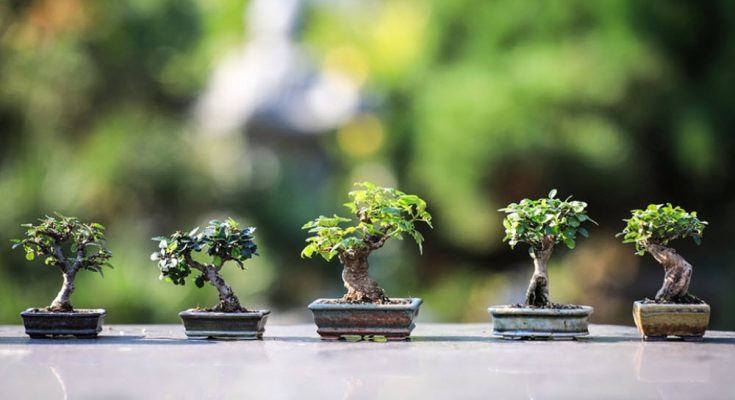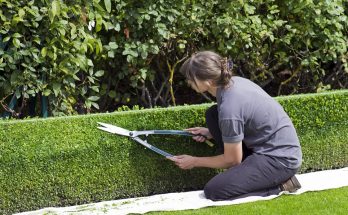Bonsai trees, with their serene elegance and miniature grandeur, are a popular element in many gardens and interiors. The art of growing these trees requires precision, patience, and an understanding of horticultural principles. This article delves into what bonsai trees are and provides insights into their proper care.
What Are Bonsai Trees?
A Blend of Art and Horticulture
Bonsai is a Japanese art form that cultivates miniature trees in pots or containers. The term “Bonsai” literally means “planted in a container”. The goal is to create a small-scale representation of a mature tree, focusing on form, scaling, and proportion.
History and Origins
Though widely associated with Japan, the art of growing miniature trees started in China over a thousand years ago. It was later introduced to Japan, where it evolved into the art form known as bonsai.
Types of Bonsai Trees
There is a plethora of tree species that can be used for bonsai, including:
- Juniper
- Ficus
- Maple
- Pine
- Azalea
Each species has its own distinct characteristics and care requirements.
Cultivating Bonsai Trees
Potting and Soil
Selecting an appropriate pot is essential for the growth and aesthetics of a bonsai tree. The pot should have proper drainage and be proportional to the size of the tree. Bonsai soil should be well-aerated and have good drainage properties. Specialized bonsai soil mixes are available, or you can create your own mix using components like akadama, pumice, and organic potting compost.
Pruning and Shaping
Pruning is vital for maintaining the size and shape of a bonsai tree. Regular pruning of branches and roots helps to keep the tree miniaturized. Shaping is achieved through wiring, where wires are wrapped around branches to guide their growth in the desired direction. Care must be taken not to damage the branches while wiring.
Essential Care for Bonsai Trees
Watering
Proper watering is critical for the health of a bonsai tree. Bonsai trees should be watered when the soil is slightly dry. Over-watering or under-watering can be detrimental to the tree’s health. The watering frequency will depend on factors such as the tree species, the pot size, and the environment.
Fertilizing
Because bonsai trees are grown in small amounts of soil, they need to be fertilized regularly to replenish nutrients. Use a balanced, slow-release fertilizer that contains all the necessary macro and micronutrients. Follow the recommended application rates and avoid over-fertilizing.
Light and Temperature
Bonsai trees require adequate sunlight for healthy growth. Place them in a location where they will receive plenty of indirect sunlight. The temperature requirements vary among species. While some bonsai trees can tolerate cooler temperatures, others require a consistently warm environment.
Protecting from Pests and Diseases
Monitor your bonsai tree closely for signs of pests and diseases. Common pests that affect bonsai trees include spider mites and aphids. If you notice any signs of infestation, such as discolored leaves or sticky residue, immediately use appropriate pesticides or consult an expert.
Growing and caring for bonsai trees is an art that requires dedication and attention to detail. Through proper potting, pruning, watering, fertilizing, and monitoring, these miniature masterpieces can thrive and bring a sense of tranquility and beauty to any space. It is an ongoing learning process, and as you tend to your bonsai tree, you may find that it not only cultivates a beautiful plant but also nurtures a more patient and observant self.



